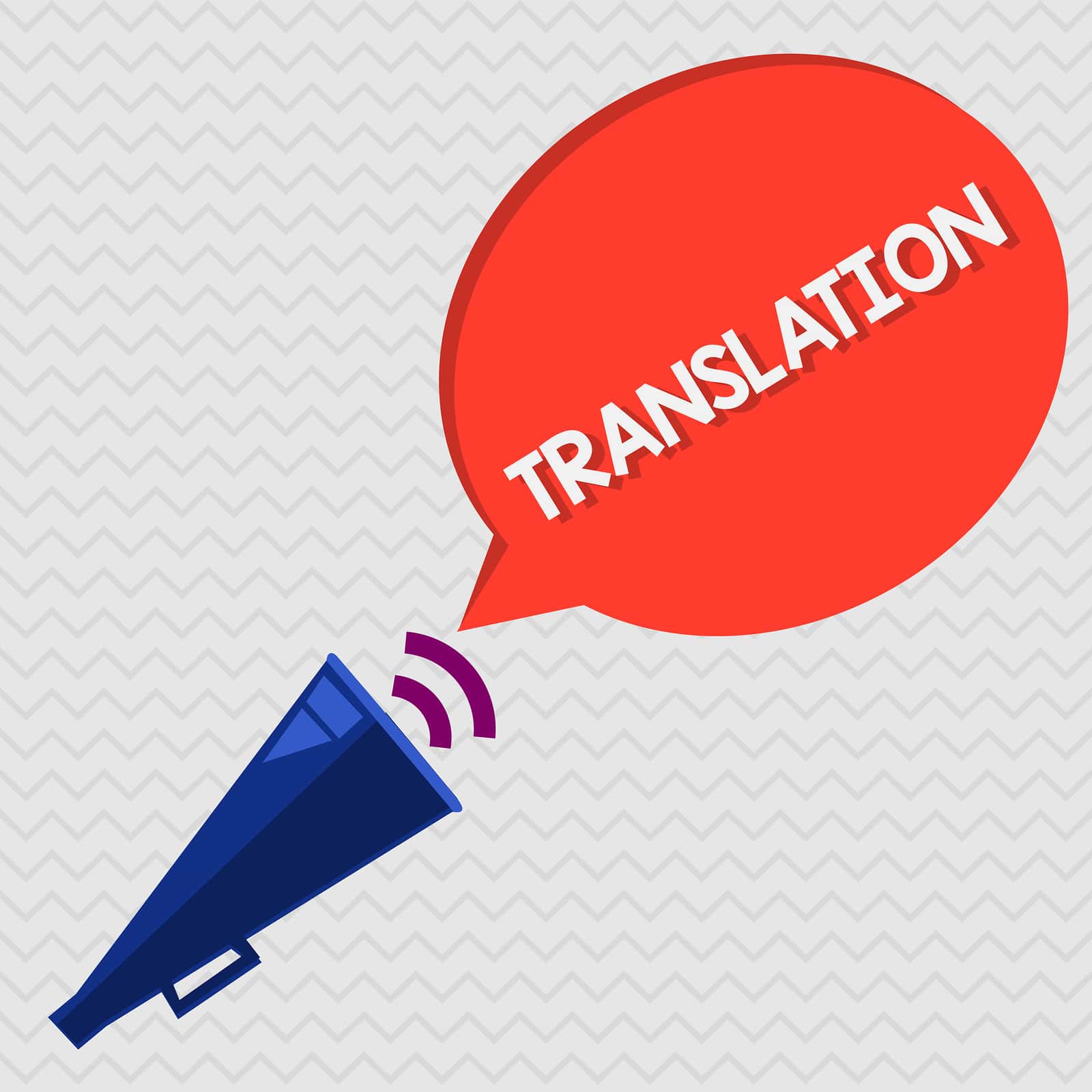
Start-Ups Need Localization Like Any Other Business
Not every business is large but there are smaller businesses that want to make an international presence so they can become known internationally. Start-ups can

ISO Certified

NAATI Certified

Not every business is large but there are smaller businesses that want to make an international presence so they can become known internationally. Start-ups can

Video dubbing, voice-overs and subtitling have always been used to spread ideas and screen films in countries outside those where they were originally produced but

When you attend meetings as a business owner you will need to get all the discussions and details written down accurately so you can refer

Most businesses, when they begin to enter overseas markets, will need to get their website, promotional material and business documents translated into the targeted languages.

Who was an Early Translator? International Translation Day is on 30th September. This was chosen as the date because it is the same day as the

Tourism has become a global industry and this has only come about because of the presence of experienced translators in many different languages. No one

Video game localisation includes everything that’s necessary to prepare your game or app for sale in a new place. Translating the text or words in your

A lot of humor is very culturally embedded, so what in your language you find funny might not appear so funny in another language. Even

Mobile apps are becoming more and more in demand, so anyone who has developed a mobile app will want to attract as much interest in

The National Accreditation Authority of Translations and Interpreters (NAATI) is the organization in Australia that provides accreditation through sitting an examination. When a translator passes

Phone translating and interpreting services have been around for quite a long time now, but have grown in importance, partly because of the ease of communications

Every year throughout the world the translation industry, like other industries, holds a variety of different conferences with different themes which take place in key


